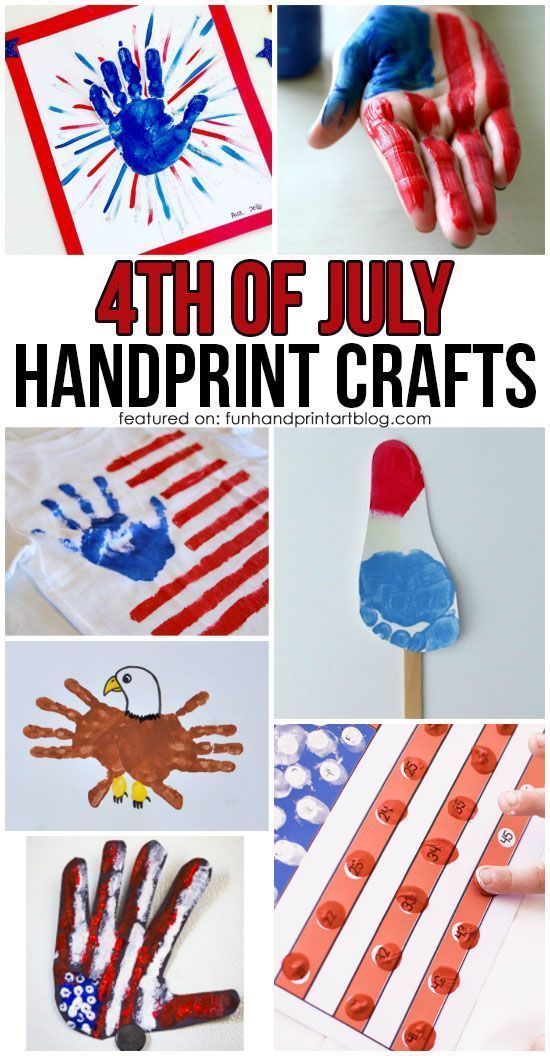
You can have fun making snowmen crafts with your kids this year. These ideas include a Fishbowl-shaped snowman, a no sock sock snowman, or a paper plate. These websites have more ideas than Easy Peasy and Fun.
Paper plate snowman
Crafts made of paper plates for snowmen are a great idea to get children creative in the winter. They are easy to create and will delight young children. They can also be used as a craft activity in the classroom to improve fine motor skills, counting and number recognition. An older child can make the snowman craft on her own, while younger children may need help. These snowman craft require just a few basic crafting supplies.
First, you need a piece of cardstock. For the snowman’s head, you will need a piece white cardstock and a black one for his hat. You'll also want to cut some brown cardstock for his arms. After you've completed the head, add buttons or other decorations to the face. After the snowman is complete, add additional decorations to it and allow it to dry.

No-sew sock snowman
No-sew sock snowmen are a great craft for the whole family to make together. These crafts are quick and easy to make. The best thing about these crafts is their softness and ease of use. You can even have a family craft night while you make the snowman.
For this no-sew snowman craft, white socks filled full of rice are required. Then fill the socks to the top and tie it with rubber bands. The rubber band should be adjusted until it is in the correct shape to form the body and head of the snowman. Once the sock has been filled, trim the excess sock from the top of your head. Then, glue on the buttons. You might also like to paint the mouth black.
The no-sew sock snowman is a fun craft that adds creativity and fun to any holiday decor. They're also a perfect gift for friends and teachers.
Fishbowl snowman
Fishbowl crafts for snowmen can be a fun way to create a whimsical scene. You can make these sculptural snowmen with just a handful of supplies such as Christmas figurines and faux snow. To make the snowmen more festive, you could add LED tealights and bottlebrush plants to make them look even more wintery. For a more traditional snowman scene, you can use a black craft foam top-hat.

To make a snowman out of a fishbowl, start by lining the bottom of the fishbowl with fake snow. You can then add artificial snowflakes from craft or party shops. You can also use cotton balls and batting to create snow. You will also need to mount your figurines on a stiffboard.
FAQ
What are some hobbies that would suit introverts?
Introverts have the ability to focus on one thing at a time. They like solitude activities such as reading and writing, listening to music and watching movies.
They also like to be alone. However, they do not enjoy socializing all day long. In fact, they can often be bored when surrounded with people.
This is why introverts often choose hobbies that require them to be alone. You might find them reading books, listening, playing music, taking photos, writing poetry or painting.
Some introverts even choose to live alone. They can focus on their hobbies and not be distracted by other people.
How much does a hobby cost you?
Hobby costs nothing except time. If you're serious about it, however, it may take you many years to reach your goals.
However, there is something that can help. It's called "passion." If you are passionate about what you do, it will be easier to work hard and make progress.
And once you start putting in those hours, you may find that you become addicted to the activity. This is where the real joy begins. You are now doing something that you love and getting better every day. You will likely have seen a significant improvement by the end the year.
It doesn't matter how long it takes. Give it a shot. You might be surprised by what you find!
Can I make money by my hobby?
Many hobbies can lead to making extra cash.
If your hobby is a passion, you may be able to sell related items.
If you're a collector of stamps, you may be interested in establishing a website to sell them.
You can also make extra income by selling and buying stamps.
Another option is to set up a YouTube channel that focuses on your hobby.
This allows one to share their passion with others, potentially generating additional revenue through the offering of premium content.
How do I find a hobby that interests me?
You may feel overwhelmed when you start your quest to find a hobby.
You might think, "I'm not very talented," "I struggle at sports," "I don't really know anything."
However, it is likely that you already have a lot to draw on when searching for a hobby.
It's just that you haven't realized it yet.
Have a look at your home. What amount of stuff do you have?
Do you have any toys from the past?
Perhaps you own a collection or magazines.
Perhaps you have always wanted to be a chef.
Maybe you want to get back into playing the guitar.
Whatever your hobby, it's possible to make it a hobby.
The key is to realize that you already have plenty of experiences to draw upon.
You'll find a hobby that fits your lifestyle once you do.
What are your educational hobbies and interests?
An educational hobby can be defined as an activity in which you learn something through doing it. This could include anything from learning to play an instrument to playing sports.
The most important thing is that you find it enjoyable and entertaining. You don't necessarily have to do this all the time. But if it becomes boring, then think about what you could be doing.
Also, you need to be careful not to spend too much on these activities. They can end up costing more than you think.
Statistics
- Studies show that just six minutes of reading can reduce stress levels by 60 percent. (oberlo.com)
- A new survey by Pew Research Center of teens ages 13 to 17 finds that 36% of girls feel tense or nervous about their day every day; 23% of boys say the same. (pewresearch.org)
- The intensity of the dialogue partners' bond at the end of the forty-five-minute vulnerability interaction was rated as closer than the closest relationship in the lives of 30 percent of similar students. (time.com)
- This 100% accurate personality-analyzing hobby quiz discovers your passion based on your characteristics. (quizexpo.com)
- I am 100% biologically a woman (discover.hubpages.com)
External Links
How To
How to start gardening
Gardening is one the oldest forms. It requires patience, persistence and determination. It is important to choose the right location for your garden. You can choose to have a large area or a small one in your backyard. Next, select the kind of plants that are most appealing to you. Do you prefer flowers or vegetables? Some people enjoy growing herbs and others prefer raising livestock like rabbits. Before you decide on the type of crops you want to plant, it is important to consider the space available. If you live in a region that experiences cold winters then it is possible to grow fruits and berries.
After you have decided what you want to plant, it is important that you prepare the soil. Soil is essential in determining whether your plants will thrive or fail. The soil should be rich in organic matter to provide nutrients for your plants' roots. Organic matter can include leaves, twigs and grass clippings as well as manure and compost. Once you have prepared your soil, you need to add nutrients. Depending on the type of plants you plan to grow, you may need different amounts of nitrogen, phosphorus, potassium, calcium, magnesium, boron, zinc, copper, manganese, iron, molybdenum, chlorine, sulfur, sodium, and so on. An online fertilizer calculator can help you calculate these values. Many fertilizers are available, so make sure you know what you are buying.
After preparing your soil and adding the proper nutrients, you now need to wait until your seeds germinate. This process usually takes anywhere from 2 weeks to 3 months, depending on the weather and the temperature in your area. Once the seeds have sprouted you will need to water them often. Problems can arise if you water your plants too frequently or too little. Ensure you give your plants enough water at regular intervals and avoid overwatering. Overwatering can result in root rot, fungal diseases, and even death. Keep in mind that plants are more thirsty during summer than winter. Remember that some plants require drying out after being watered. For example tomatoes should be kept slightly moist and not wet. They don't like to sit in soggy soil. After the plants have finished flowering they must go dormant. When plants stop producing new growth, they go dormant and start storing energy for next season's harvest. The plant ceases sending signals to its roots to produce food during dormancy. Plants continue to store energy throughout this period. The plant will eventually die if it is not given enough sunlight or temperatures below freezing.
If you live in an urban environment, you may find yourself limited in the kinds of plants that you can grow. Concrete sidewalks, roads and buildings are common in urban areas. They block sunlight from reaching the ground. Concrete absorbs sunlight and blocks the soil below from receiving adequate sun exposure. Because of this lack of sunlight, many plants cannot survive in cities. Fortunately, there are still many plants that can thrive in an urban environment. Many trees, perennials, shrubs, as well as shrubs can be adapted to urban living. Many annuals can also be grown indoors in container gardens. Container gardens allow you to bring fresh greenery into your home year-round regardless of the weather outside.
Now that you have decided where to place your garden, chosen what you will grow, and prepared your soil, you are ready to plant!